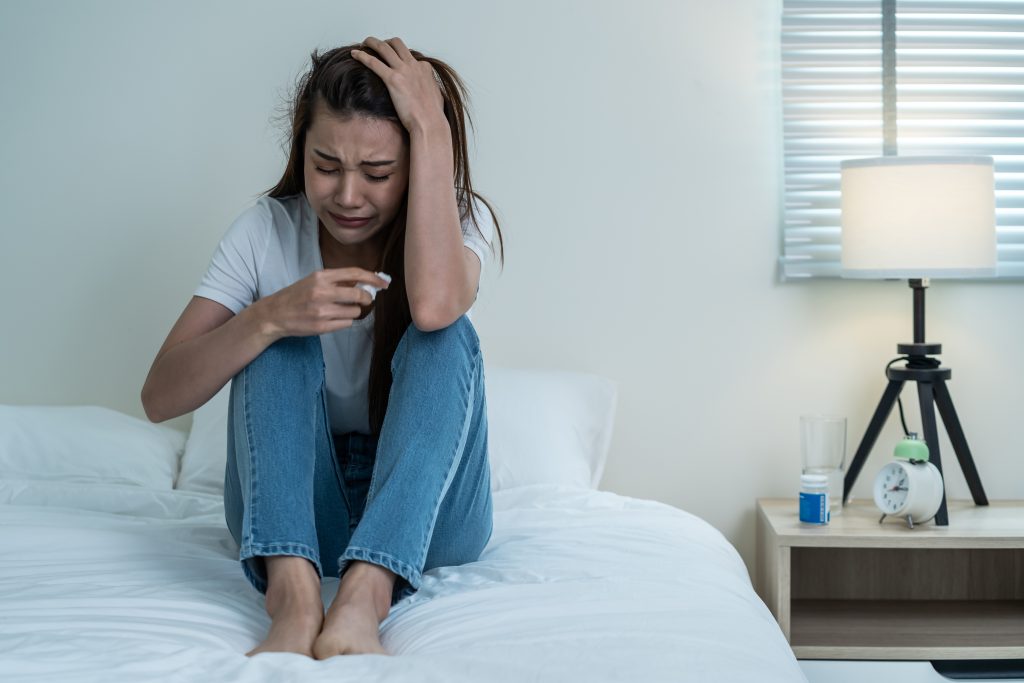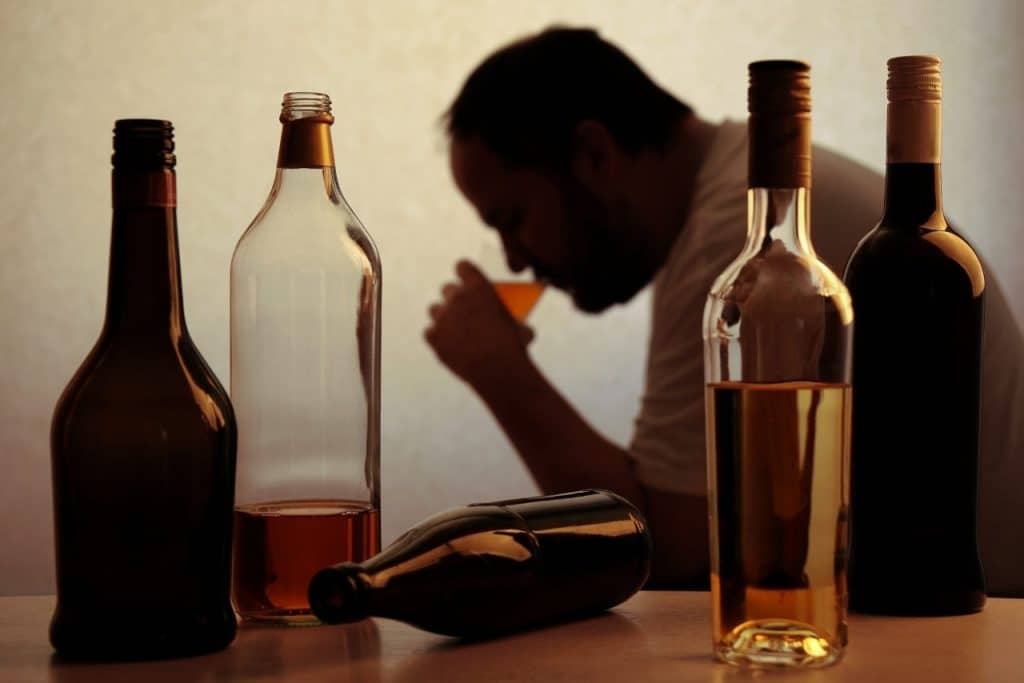Navigating life’s challenges can be taxing, and for some, the weight of substance abuse is a heavy burden to bear. At our addiction treatment center, we understand the trials that individuals struggling with drug abuse face and are here to provide a safe, encouraging drug rehab where individuals can take the first steps on their journey to recovery.


Substance abuse refers to the harmful or hazardous use of psychoactive substances, including alcohol and illicit drugs. The use becomes problematic when it leads to health issues or negative social outcomes.
There is a growing need for effective treatment centers and drug rehab centers in Riverside due to the increasing number of people struggling with substance abuse. In fact, according to the National Survey on Drug Use and Health (NSDUH), 19.7 million American adults battled a substance use disorder in 2017. Treatment centers play a vital role in providing structured support, therapy, and addiction treatment programs for a smooth journey to recovery.
Diving deeper, let’s elucidate the intricacies of each substance, their detrimental effects, and the treatment modalities available.
Alcohol abuse and alcohol addiction can lead to a range of health issues, from liver diseases to cognitive impairments. At Amazonite, our alcohol use treatment program begins with a detoxification program to cleanse the body, followed by individual and group therapies. We also offer education sessions on the risks associated with excessive alcohol consumption, and tools to prevent relapses.
Cocaine abuse can lead to heart issues, respiratory problems, and psychological dependency. Amazonite’s cocaine treatment program includes a medically supervised detox program, cognitive-behavioral therapy, and regular counseling sessions to address the root causes of addiction and develop coping mechanisms.
Addressing both a substance abuse issue and mental health issues requires a specialized approach. Our drug rehab center’s dual diagnosis program integrates mental health services with addiction therapies to ensure that co-occurring disorders are treated effectively and concurrently.
Heroin abuse is particularly challenging due to its intense addictive properties. At Amazonite, the heroin treatment program starts with a supervised detoxification process. This is complemented with behavioral therapies and skills training sessions to help individuals maintain sobriety.
Opioids encompass a range of substances, including prescription painkillers and synthetics like fentanyl. Amazonite’s opioid treatment program incorporates medication-assisted treatments, combined with individual and group counseling to address the psychological aspects of addiction.
Xanax, and other benzodiazepines, are often prescribed for anxiety but can lead to dependency. Amazonite’s Xanax treatment program focuses on a gradual reduction under medical supervision, coupled with cognitive-behavioral therapies (CBT) to manage and reduce the triggers of anxiety.
Methamphetamine, or meth, is a potent stimulant that poses significant health risks. At Amazonite, our meth treatment program emphasizes behavioral therapies, community reinforcement, and educational sessions about the drug’s dangers and the importance of staying clean.
Beyond their therapeutic uses, benzodiazepines can lead to addiction. Amazonite’s benzodiazepine treatment program centers on safe, gradual reduction protocols, combined with therapeutic sessions to explore and address the reasons for misuse.
Fentanyl’s extreme potency makes it particularly dangerous. Amazonite’s fentanyl treatment program includes medication-assisted treatments and intensive behavioral therapies, ensuring patients understand the risks and have the tools to prevent relapse.
While prescription drugs have valid medical uses, they can also be abused. Amazonite’s prescription drug treatment program integrates detox, individual and group therapies, and education sessions on proper medication use and the dangers of misuse.
Though marijuana has been legalized in many places, its misuse can lead to dependency. Amazonite’s marijuana treatment program focuses on cognitive-behavioral therapy, contingency management, and motivational enhancement therapy to address the reasons for misuse and guide users towards a balanced and healthy approach to the drug.
Choosing a treatment center is a pivotal decision in one’s recovery journey. Here are some compelling reasons why Amazonite Treatment Center stands out as a top choice for those seeking assistance in overcoming substance abuse:
In essence, Amazonite Treatment Center isn’t just a treatment facility; it’s a haven where individuals can rebuild their lives, finding hope, health, and happiness once more through our treatment services and relapse prevention.
Recovering from substance abuse is a challenging process, but with the right support and resources, individuals can regain control of their lives. Amazonite Treatment Center aims to be a leading facility in providing an effective substance abuse program and support to Riverside residents.
If you or a loved one are struggling with drug addiction or a substance use disorder, contact our recovery center in California today.

Yes, every treatment at Amazonite is overseen by medical professionals. Our team ensures that each patient receives the care appropriate for their unique situation. This supervision provides safety, structure, and confidence in the recovery process, allowing patients to focus solely on their healing journey. We also offer medication assisted treatment during detox.
The duration of treatment varies based on individual needs and the specific substance in question. A general program might range from a few weeks to several months. However, it’s essential to remember that recovery is a continuous journey, and while the intensive treatment phase might have a duration, aftercare and continuous support play a crucial role in maintaining long-term sobriety.
Absolutely. We offer both inpatient and outpatient programs at Amazonite. Outpatient treatments are designed for individuals who might need the structure and support of therapy but also have commitments that prevent them from staying at our facility. These programs provide flexibility while ensuring that patients continue to receive the necessary support and guidance in their recovery journey.
Yes, family involvement is often encouraged for comprehensive recovery. Addiction doesn’t just affect the individual but has a ripple effect on their loved ones. By involving the family, we can address any interpersonal issues, provide education about addiction, and build a robust support system for the patient once they leave our facility.
Definitely. Continuous support is crucial for sustained recovery. At Amazonite, we understand that the post-treatment phase is when individuals face real-world challenges and temptations. Our aftercare programs include regular check-ins, support group meetings, and access to resources to help individuals maintain their sobriety and reintegrate into society successfully.
Contact Amazonite Today
Amazonite Treatment Center cultivates a safe, comfortable environment for patients and families across California to be emotionally connected to their treatment provider. Our recovery management and alumni programs support a life-long recovery. Your journey to recovery doesn’t end with day treatment or outpatient, once you’re with Amazonite, you’re always with Amazonite.
Please note that the information contained within this website is provided for informational and educational purposes only. The use of this website does not imply nor establish any type of doctor/patient relationship. No diagnosis or treatment is being provided by the use of this website. The use of this website does not constitute nor offer any specific mental health or medical advice whatsoever to anyone and is not intended for that use. This website takes no responsibility with regards to misinterpretation of the information provided within this website or any consequences resulting from the use of this website. This website takes no responsibility for any websites that may be linked to this website nor imply any relationships or endorsements to any linked website.